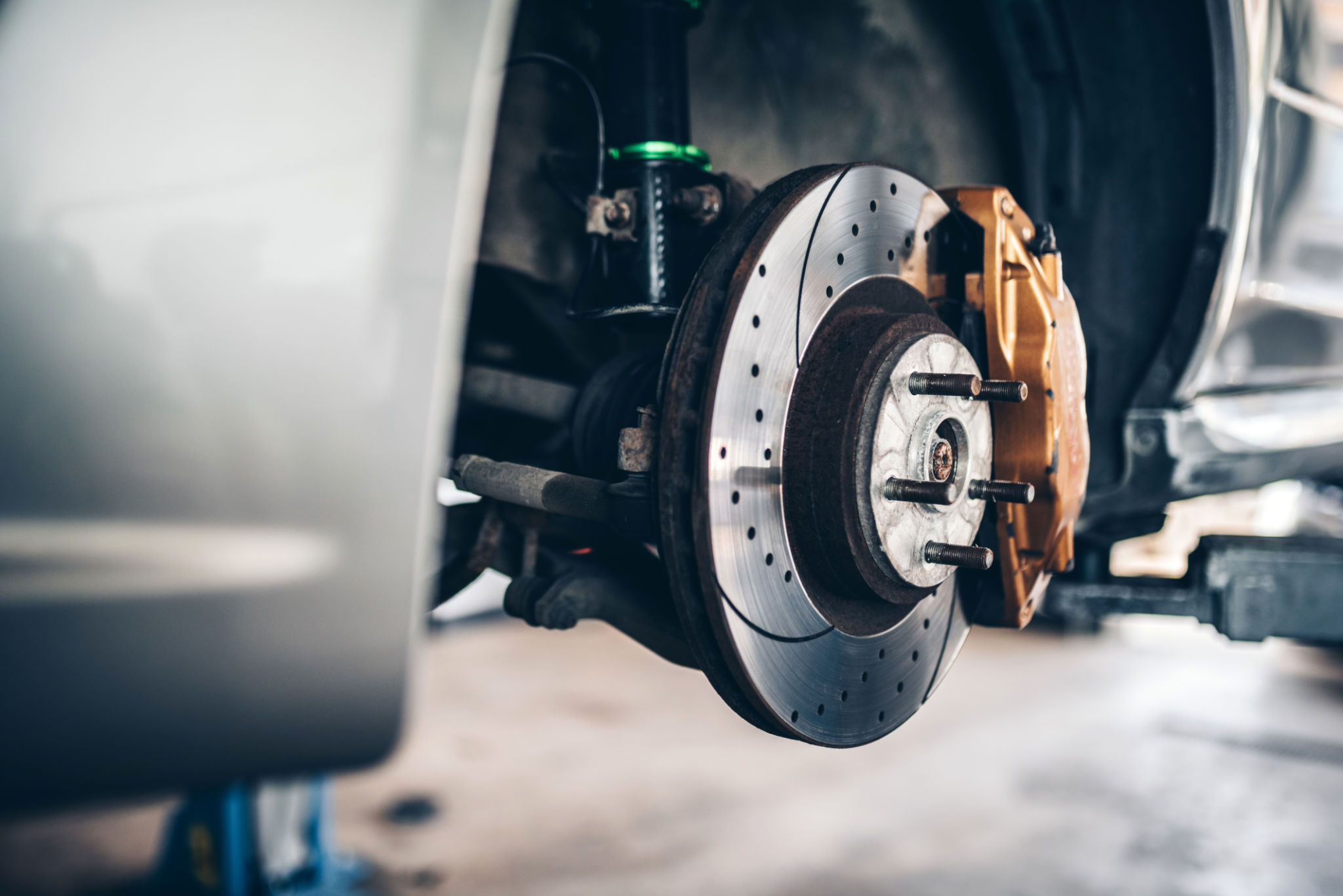DIY Tips: Basic Automotive Repairs for Fleet Vehicles
Introduction to DIY Fleet Vehicle Maintenance
Maintaining fleet vehicles is essential for ensuring they remain reliable and efficient. While professional servicing is often necessary, there are several basic automotive repairs that can be done in-house to save time and money. Whether you manage a small or large fleet, knowing some DIY tips can be incredibly beneficial.

Regular Tire Maintenance
One of the simplest yet crucial maintenance tasks is tire care. Regularly checking tire pressure and tread depth can prevent blowouts and improve fuel efficiency. Use a tire pressure gauge to ensure tires are inflated to the recommended levels. Rotate the tires every 5,000 to 8,000 miles to promote even wear.
Steps to Check Tire Pressure
- Remove the valve cap from the tire valve.
- Press the tire gauge onto the valve stem.
- Read the gauge to check the PSI level.
- Inflate or deflate the tire as needed.
Battery Care and Replacement
A vehicle's battery is its heart, providing the power needed to start the engine. Regular checks can prevent unexpected breakdowns. Look for corrosion on battery terminals and ensure they are tightly connected. If the battery is over three years old, consider testing its charge capacity.

If you notice dim headlights or a slow engine crank, it might be time to replace the battery. Always disconnect the negative terminal first to prevent electrical shorts, and consult your vehicle's manual for specific instructions regarding battery replacement.
Oil Change Basics
Regular oil changes are essential for keeping your fleet vehicles' engines running smoothly. While many opt for professional service, changing the oil yourself is straightforward with the right tools and knowledge.
Steps for Changing Oil
- Warm up the engine for a few minutes to thin the oil.
- Place a pan under the oil pan and remove the drain plug.
- Allow old oil to completely drain out.
- Replace the drain plug and add new oil according to the vehicle's specifications.

Brake System Checks
The braking system is vital for safety; thus, regular inspections are necessary. Listen for unusual noises when braking and check brake pads for wear. If you notice a decrease in braking efficiency, it may be time to replace brake pads or fluid.
Bleeding brake lines is another task you can perform yourself with some practice. This ensures no air is trapped in the brake lines, which can compromise braking performance. Always follow safety protocols when working on brakes, as mistakes can have severe consequences.

Conclusion
Basic automotive repairs can significantly reduce downtime and costs associated with fleet vehicle maintenance. By incorporating these DIY tips into your routine, you ensure that your fleet remains in top condition, ready to tackle any job. Remember, while DIY repairs are beneficial, always seek professional help for complex issues.
